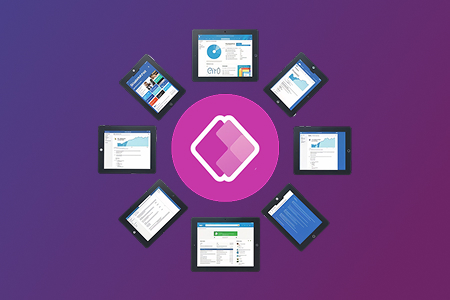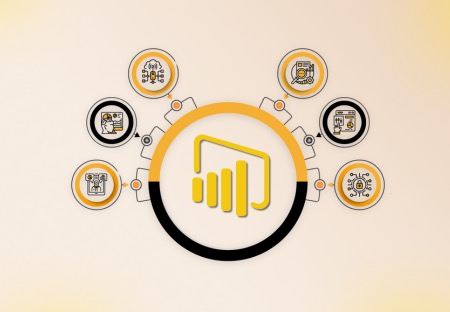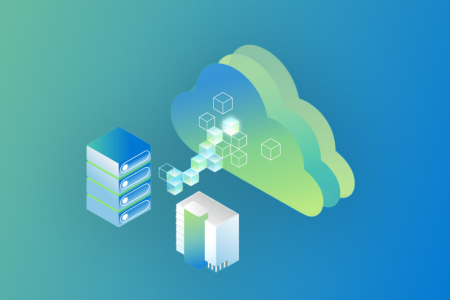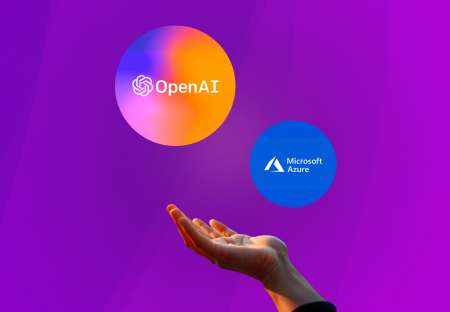The term “Infrastructure as Code,” or IaC, has been gaining a lot of traction for quite some time now. So, if you want to know about IaC, read this post.
In this post, we shall explain how IaC can help in disaster recovery.
So, let’s get started…
What is “Infrastructure as Code?”
“Infrastructure as Code,” also known as IaC, is a method for enhancing the quality of infrastructure management and reducing the amount of time needed for deployment. It manages and provisions infrastructure by means of Code rather than through human procedures. Unlike traditional data center infrastructure administration, where each configuration change requires manual intervention, IaC stores infrastructure configuration data in standardized files that tools can access to maintain the infrastructure’s state. In summary, using the IaC paradigm involves using configuration files to manage the IT infrastructure.
IaC makes it simpler to change and distribute configurations. Aside from that, it guarantees that you will always be working in the same environment. IaC makes it easier to maintain configurations by codifying and documenting the configuration specifications of your system. Also, it helps you avoid making undocumented, ad-hoc modifications to your system’s design.
Deploying infrastructure as code enables you to break it down into modular components that can be integrated in various ways using automation. Upon automating infrastructure provisioning with IaC, you no longer have to manually provision and manage servers, operating systems, storage, and other infrastructure components. IaC frees them up to focus on other aspects of application development and deployment.
How Does IaC help in Disaster Recovery?
Any situation in which service gets disrupted, compromised, or impeded is called a disaster. For instance, you’re going to a party, and suddenly your car breaks down, or maybe you got a flat tire. This is a disaster in your situation.
Similarly, organizations also face such circumstances where disaster happens. And they need to have the “Disaster Recovery Plan” to handle the situation.
In the case of a car breakdown, your Disaster Recovery (DR) plan will be to call someone for help, change the flat tire with the spare tire, try to repair the car, and so on. All this is done to get the car back in action so that you can reach the party on time.
In a nutshell, the process of getting the service tools back up and running so that they can be used to offer service is known as disaster recovery. Within the realm of information technology, a disaster recovery plan is a strategy for restoring applications to full functionality after a catastrophic event has rendered them inoperable. And “Infrastructure as Code” is one of the best modern tools for disaster recovery.
The disaster recovery process takes more time if you use manual methods or intricate chains of tools. An application’s reliability is affected by its capacity to pivot and its speed of redeployment. Simplifying the deployment process by implementing the necessary practices, tools, and underlying procedures exponentially speeds up the disaster recovery process.
Let’s now see how IaC can help in Business Continuity…
How Can IaC help in Business Continuity?
Many people often confuse Disaster Recovery with Business Continuity. Well, that’s not the case. Both the terms are different.
In the case of a car breakdown, calling for another car so as to reach the party on time will lead to continuity.
Business Continuity keeps the business going even when some unwanted situation or event has occurred.
If a business doesn’t have its Business Continuity plan in place, they’re sure to go out of the market. Disaster Recovery helps you with proper hardware, software, and applications back up and running, but a solid business continuity strategy will keep your firm working during the recovery process. This implies that having a BC strategy in place lets you work even when things are not right. You can simply focus on your work without having to recover those assets in the first place.
The BC process includes the finances, employees, emergency plans, and everything else required for your organization to continue operating. IaC helps to enable both demand management and capacity management by providing quick control of the resources needed to spin upwards and downwards IT infrastructure. It plays a significant role in business continuity by providing timely solutions, thanks to the fact that the requirements for resources have already been established.
RTO, RPO Disaster Recovery
Now comes the timeline of the events that lead up to the occurrence of a disaster. Timeline plays a crucial role in disaster recovery. You might have heard of the terms RPO and RTO in disaster recovery:
- RPO: The RPO is the moment at which you will have all of the data that was recovered up to that point available again.
- RTO: RTO represents the moment in the future at which you will be fully operational and able to resume your normal activities.
Your service will be offline and inaccessible for the period of time between the disaster’s occurrence and the RTO.
A very high RPO can be really damaging to your business. Hence, it is crucial to consider RPOs and RTOs of any solution when you buy one.
Wrapping it up…
So these are some of the benefits that IaC offers to businesses. Deploying infrastructure using IaC significantly reduces the time wasted on manual processes. Additionally, it helps to eliminate runtime difficulties caused by configuration drift or missing dependencies. Because of improvements in infrastructure provisioning that are more dependable and consistent, teams are now able to focus on more critical activities while maintaining full control over the Code.
If you are searching for a reputable company to deploy your infrastructure using IaC, then Metaorange Digital is the best option for you! At Metaorange Digital, we develop robust solutions for our clients to help them achieve their business goals using technology. With us, you can be sure of the best solutions because we handle your products as if they were our own, and we are concerned about the outcomes.
Learn More: DevOps Services of Metaorange Digital










